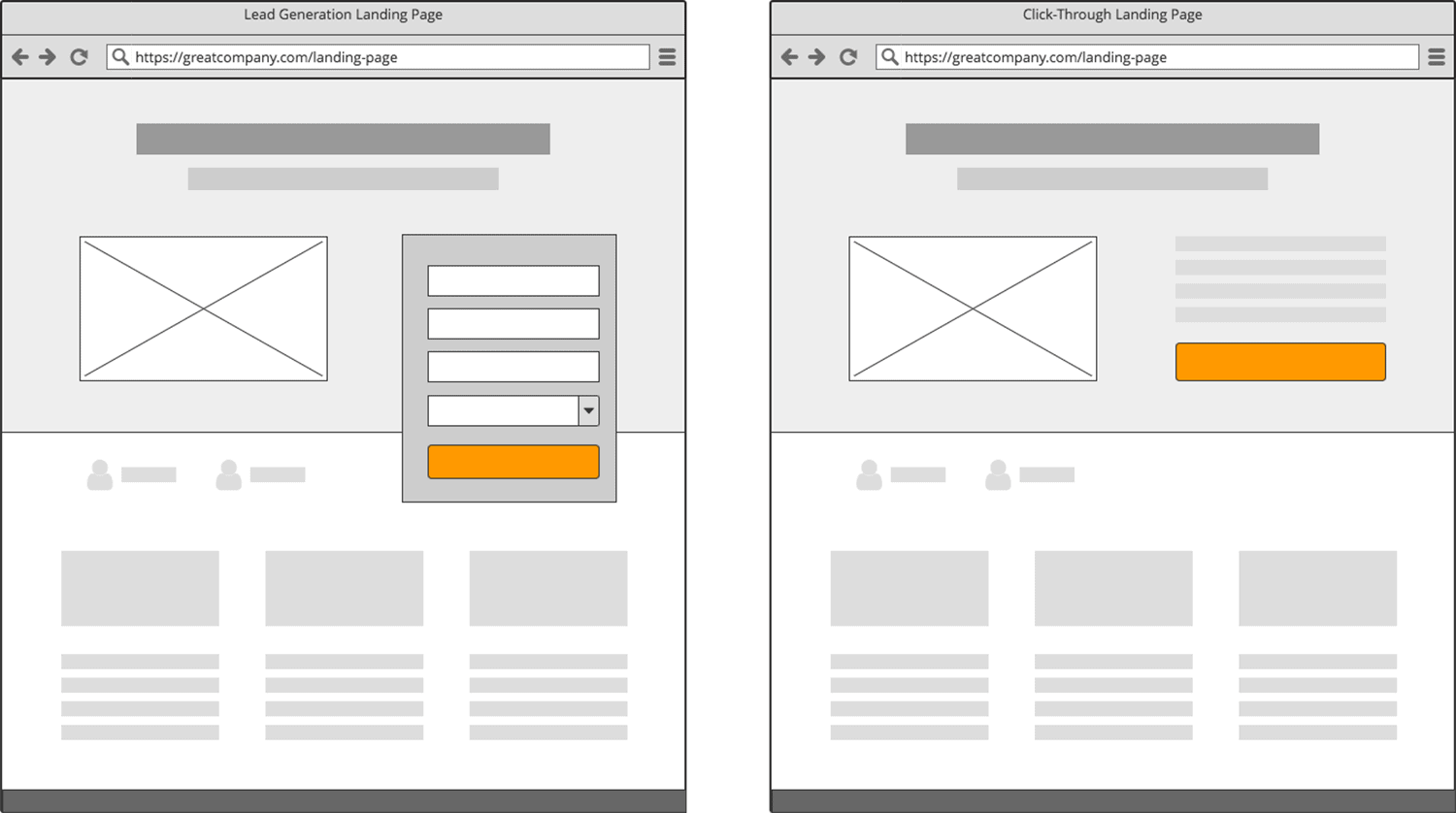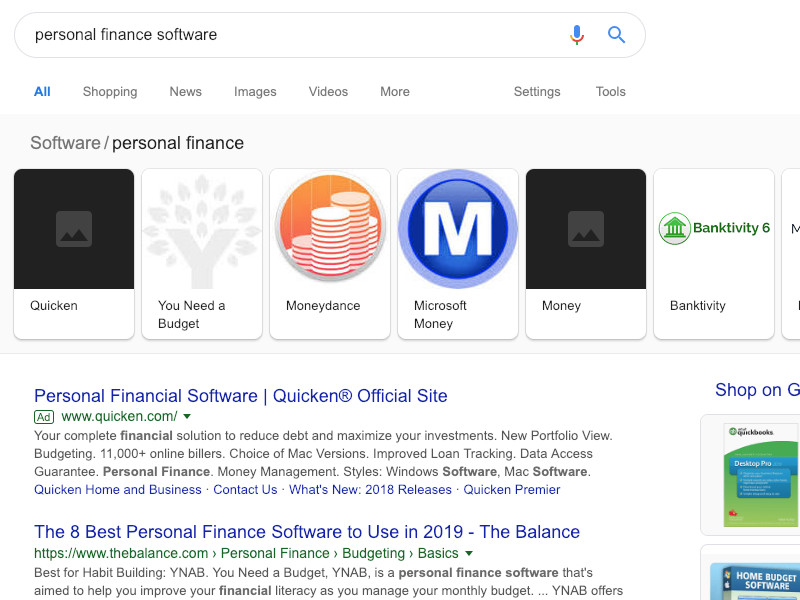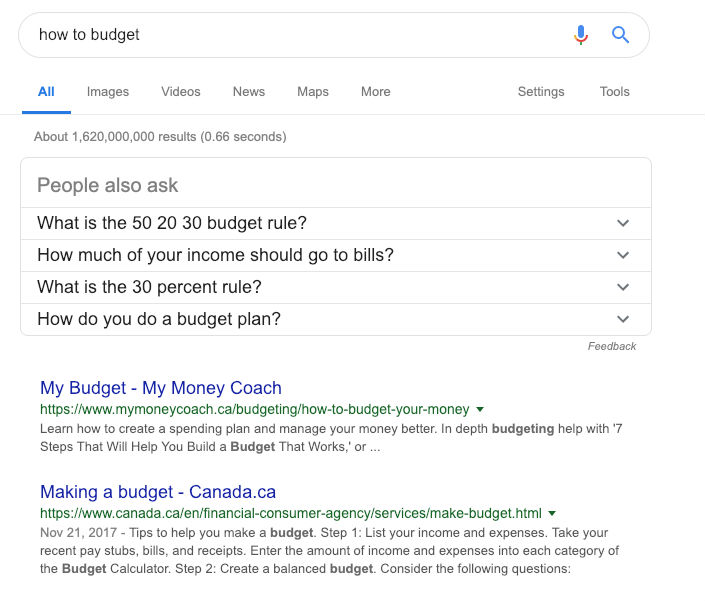
Landing page SEO is a tricky proposition. Landing pages are potent tools to convert readers into customers, but the way most are designed is hardly SEO friendly.
Think about it. A landing page aims to direct readers down a specific path, focusing them on your call to action without offering other distractions. But optimizing a web page for search engines requires more content, more links, more calls to action.
More content = more distractions.
So a question arises: Is it even possible to create a compelling—and high-converting—landing page that also ranks well in search engines?
It turns out you can, but not without carefully walking a tightrope between ranking and converting. The goal is to attract warm leads from search engines like Google to your page and convert them into customers. In this guide, you’ll learn how it’s done. But first…
Why your landing page doesn’t rank
In an ideal world, all your landing pages would rank well for their targeted keywords in Google and convert people like crazy. But that’s not guaranteed to happen. It rarely does.
Why not? Well, in some cases, your ideal keywords are already dominated by other sites that have entrenched SEO efforts and backlink profiles. In others, technical issues associated with landing pages keep people from reaching your content.
Ultimately, though, a landing page that’s laser-focused on conversions will have a particularly hard time ranking. For this reason, it’s best to distinguish between landing pages you want to rank well in the search engines and those you’ll design purely to convert. (Later on, I’ll tell you how you can use both together to great effect.)
Conversion-focused pages
Conversion-focused pages are all about what happens when a person gets to the page. While a high word count is essential for ranking in search engines, too much wording can actually detract from getting that final conversion or capturing that lead. Notice how little there is to distract visitors in the examples below:

There are a lot of uses for these pages, from ecommerce ad campaigns to getting people signed up for your webinar. According to Unbounce, “this simplicity is what makes landing pages the best option for increasing the conversion rates of your Google Ads campaigns and lowering your cost of acquiring a lead or sale.” But it definitely doesn’t help when it comes to attracting organic traffic from the search engines.
SEO-optimized landing pages
The primary goal of an SEO-optimized landing page is to rank instead of convert—though hopefully it’ll do that too. As we’ll discuss, this is a great way to target search keywords and bring organic traffic to your funnel.
The most significant difference between this style of landing page and a more traditional one is that it’ll have more content. It’ll also have more inbound links to keep bounce rates low. These considerations may seem counterintuitive if you’re used to building a lot of landing pages for your paid campaigns, but they’re necessary if you want to rank.
While we don’t know the intricacies of what Google decides should be a high-ranking page, many factors are widely agreed to have an effect:
- an abundance of outbound links
- a healthy keyword density
- a lengthy word count
- low bounce rate
- fast loading times
- evidence people stay on the page for a long time
The web is full of advice about SEO best practices, not all of it good. But search engine algorithms change so often that some experts, including those working at Google, suggest that the best SEO advice is to create high-quality pages with high-quality content.
Creating an SEO-focused landing page
Now you know the reasoning behind an SEO landing page, it’s time to create one. Here are a few elements you’ll want to consider:
Keywords
First, you’ll want to optimize your URL, page title, and H2s for your target keywords. When it comes to your URL, a custom domain does have its advantages for landing pages, but you might instead prefer to leverage the SEO of your existing domain. Either way, ensure your URL is keyword heavy.
More (useful) content
Above the fold, the page should include the key selling points and a call to action. There should be few other distractions here. This is established best practice for conversion-focused landing pages as well, but that’s where the similarities end.
Because we’re trying to rank in search engines, you’re also going to need plenty of content further down the page. It’ll need to be legitimately useful content too—not just an extended sales pitch—and it should attract editorial links. Without this, you’re going to struggle to rank well for any popular keywords.
For example, imagine you create a landing page highlighting a new revolutionary method that helps people keep to their household budgets and save for their dream holiday. Maybe it’ll even include case studies of people who have transformed their finances using this method. This copy shows how your software can help with this goal, sure, but it’s also going to attract links because it’s of genuine interest to many people.
Using a simple vertical design and repeating the call to action as you scroll down, you’ll want to add as much value for the reader as possible. The more useful and interesting the content, the more likely you are to attract backlinks and boost your rankings. You should also engage in link-building strategies, just like you would for any blog post or product page.
Additional calls to action
Unlike a conversion-focused landing page, you may choose to include other calls to action for those who aren’t ready to buy. Maybe you give them the opportunity to subscribe to your free budgeting guides, for instance, or an email newsletter.
Be warned, though, these extra options will serve to reduce your bounce rate—which is good for SEO—but they could also put some people off from completing your primary goal: buying the software. As I’ll discuss below, you’ll want to make adjustments as traffic comes in to find an acceptable balance between bounce rate and conversion rate.
What to do once your SEO landing page is published
Once you publish your SEO landing page, add internal links across your website that point to it. This practice, in itself, is believed to help boost its SEO. It’ll also drive people to your landing page from other pages on your website and set them on the road to becoming customers.
If the personal finance website in our example has a blog, for instance, we could add a call to action at the end of every post telling the reader to “Find out how our software makes it easy for you to stick to your household budget.”
Promote the page using the same strategies that you would do for a blog post that you want to rank well in Google. Share it on social media or reach out to contacts in your industry asking for a link. (This guide includes ten things you should do to help boost initial traffic to new content.)
Tracking your page’s performance
Once the organic traffic starts to flow in, it’s important to track what happens after they land on the page. Unbounce research suggests that 12% is a good conversion rate for landing pages, so if yours is lower, consider tweaking your to call to action or the design of your page to encourage more conversions.
At this point, it’s OK to start sacrificing SEO factors to help you convert traffic better. After all, what’s the point in ranking well if you fail to convert?
Be sure to track what keywords people are typing to land on your page too. Are they what you expected? By keeping an eye on this, you’ll be able to spot areas that you can tweak as well as opportunities to rank better.
When a promotion ends…
If you sometimes create landing pages for promotions that last a finite amount of time, you might be in the habit of taking them offline afterward. However, you should keep your SEO landing pages online even after the promotion has ended.
Many retailers make the same mistake of closing their landing page too early and missing out on traffic that would have converted. By deleting your page, then putting to back online, you’re essentially pouring any SEO juice you built down the drain. Don’t make things harder for yourself by starting from scratch.
An excellent way to get around this is by using a 301 redirect to make sure that the traffic you create will at least go to some use. It may even help to create a new page explaining how the promotion is over, but what other offerings you may have.
What’s the strategy behind landing page SEO?
You don’t have to choose between ranking and your conversion rates. Nothing stops you creating an SEO-focused landing page and a conversion-focused landing page further down the funnel. Perhaps the former could push people to the latter. I’d say that’s a smart play.
Let’s say you wanted to create an SEO-focused landing page to sell personal finance software, for instance.
In this situation, have your conversion-focused page target purchase-focused keywords, such as “personal finance software,” “budgeting software,” and “accounting software.” These are the type of keywords that people pretty much already looking to buy would type. Just look at the search results:

People who search for “personal finance software” are looking to buy, and Google knows it.
With your SEO-optimized landing pages, though, you can also target more inquisitive keywords like “how to budget” or “how to save money,” and then direct these visitors down the funnel toward more conversion-focused pages. You can see the difference in the search results, which are much more oriented toward answering questions than selling something:

As your SEO-focused landing page will naturally have more content, it’ll be easier to target multiple long-tail keywords—and even local SEO keywords if your business operates only in certain areas.
Conclusion
Landing page SEO is a game that never ends.
Creating a landing page that ranks well in search isn’t as complicated as it sounds. The trickiest part is finding the balance between ranking and converting well. Ideally, you want to make sure you are optimizing a page well enough to compete for those top Google rankings, but not bogging it down with keywords and links to the point that it’s difficult to read. Once you’ve done this, you’ll have an incredibly useful page that does a fantastic job of turning search traffic into customers.
Via Marketing http://www.rssmix.com/
No comments:
Post a Comment